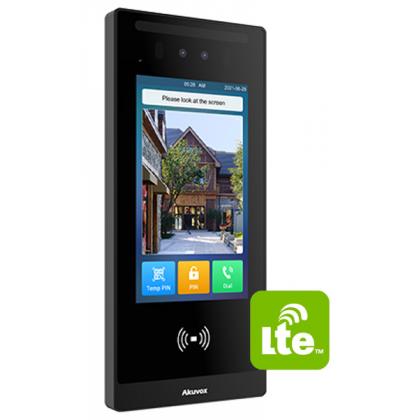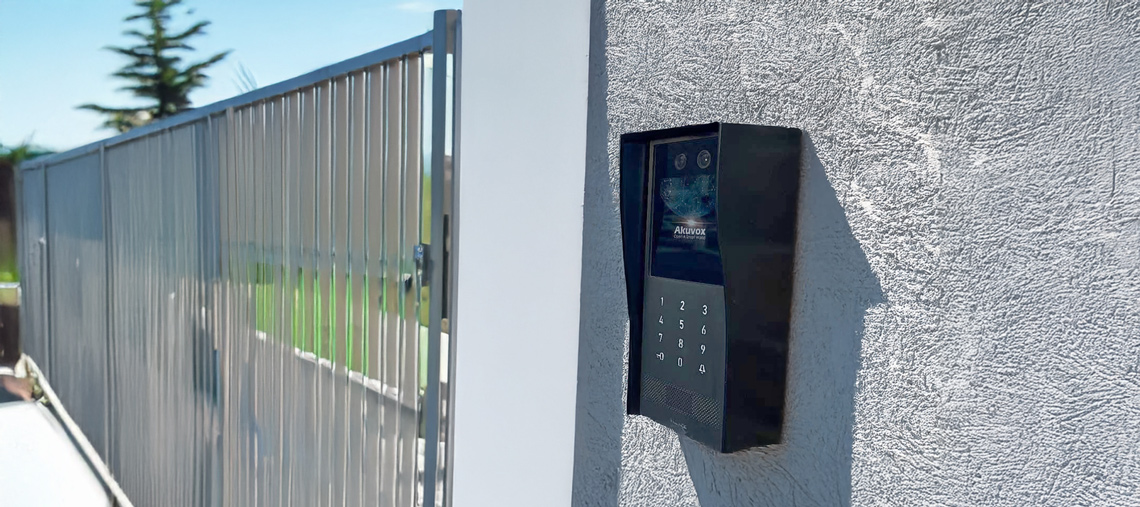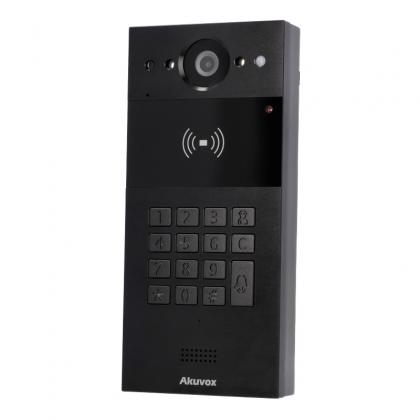The rise of 4G LTE Intercoms for Remote Access and Gate Automation
4G LTE door intercoms offer wireless, remote access control without Ethernet cabling - ideal for gates and remote entry points. They simplify installation, enhance security and are ideal where wired-Ethernet systems are not viable.
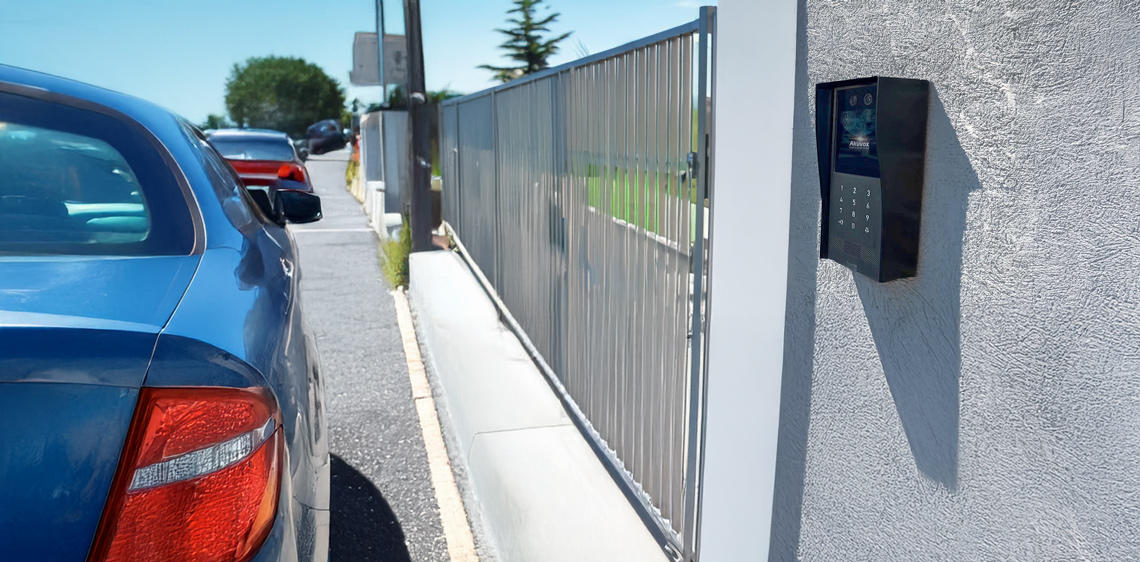
When it comes to installing IP access readers or intercom devices at gates, entry points or remote doors - especially those positioned far from the main building - one major challenge often arises: the lack of wired Ethernet connectivity. Running long cable lines can be expensive, disruptive, or simply impractical.
This is where 4G LTE technology steps in as a game-changing solution. By leveraging mobile data networks, 4G LTE door intercoms eliminate the need for Ethernet cabling altogether, enabling reliable, real-time access control and communication at even the most isolated locations. Whether for a gated entrance, rural property, or construction site, LTE intercoms provide a flexible and cost-effective way to extend smart access capabilities without the wiring headaches.
In this comprehensive guide, we will delve into what a 4G LTE intercom is, how it works, and how it is transforming the way we manage access to properties. We will compare it with conventional wired IP intercoms, highlight the advantages of LTE connectivity, and explore real-world applications in various industries and settings.
What is a 4G LTE Intercom?
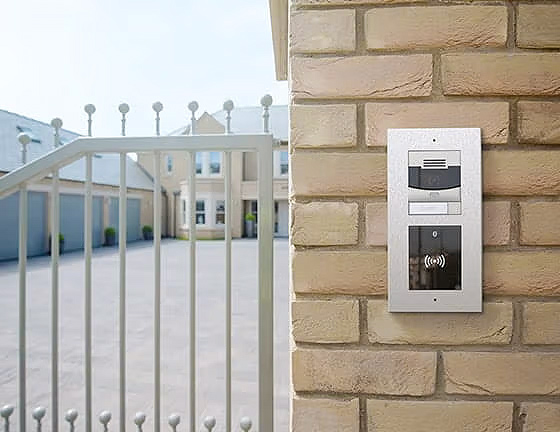 A 4G LTE remote intercom is a communication and access control system that uses a 4G LTE cellular network to facilitate two-way audio and/or video communication between visitors at an entrance and property occupants or administrators. Unlike traditional intercoms that rely on wired Ethernet connections, these systems operate over mobile networks, offering a high degree of flexibility and remote accessibility.
A 4G LTE remote intercom is a communication and access control system that uses a 4G LTE cellular network to facilitate two-way audio and/or video communication between visitors at an entrance and property occupants or administrators. Unlike traditional intercoms that rely on wired Ethernet connections, these systems operate over mobile networks, offering a high degree of flexibility and remote accessibility.
These systems often include:
- Camera and Microphone for video and audio communication
- SIM card slot for LTE connectivity
- Mobile app or web portal for remote management
- Relay switches to control door strikes, gates, or locks remotely
How does it work?
When a visitor presses the call button on a 4G LTE door intercom, a signal is sent over the mobile network to the user's smartphone, intercom answering panel or computer via a dedicated app or cloud platform. The user can then see and speak to the visitor and choose whether to grant access - all in real-time, from virtually anywhere in the world.
Because it uses the 4G LTE network, the system does not need to be connected to a local Wi-Fi network or LAN. This makes it an ideal solution for challenging or remote locations or properties where running Ethernet cables is expensive, impractical, or impossible.
Benefits of 4G LTE Door Intercoms
-
Remote Access and Control
Perhaps the most significant benefit is the ability to grant or deny access from any location. Whether you're at the office, on vacation, or simply in another room, you can communicate with visitors and unlock doors or gates directly from your device. -
Solves the No Ethernet Cable Problem
One of the standout benefits of 4G LTE intercoms is their ability to function without any wired Ethernet infrastructure. This is a game-changer for entrances, gates, or outbuildings located far from the main Ethernet cable network areas where pulling cable is too costly or complex. -
Reduced Cable Installation
Because these systems do not require Ethernet cabling, installation is far simpler and more cost-effective. This is particularly beneficial for retrofitting older buildings or installing intercoms at remote gates far from the main building. However, it’s important to note that an electrical power supply cable is still required. -
Scalability and Flexibility
Adding new devices or relocating existing ones is much easier with LTE-based systems. There's no need to worry about network switches, PoE injectors, or long cable runs. -
Reliable Connectivity
4G LTE networks offer robust and reliable coverage in most areas, ensuring your intercom system remains online and responsive. In areas with poor signal, external antennas or signal boosters can be used. -
Cloud-Based Features
Modern LTE intercoms usually integrate with cloud platforms, offering additional features like video storage, visitor logs, scheduled access and integration with other home automation or building management systems.
4G LTE vs conventional wired IP Intercoms
Connectivity and Installation
• Wired IP Intercoms: Require Ethernet cables, often with Power over Ethernet (PoE) for power and data. Installation can be labour-intensive in remote locations and limited by the availability of network infrastructure.
• 4G LTE Intercoms: Use SIM cards and cellular networks for connectivity. They only require power (usually via standard electrical outlet), making them ideal for remote or hard-to-wire locations.
Network Dependency
• Wired IP Intercoms: Depend on LAN and internet access, which can be affected by network outages or router failures.
• 4G LTE Intercoms: Operate independently of the local network, offering enhanced redundancy and independence from the building’s internet connection.
Flexibility and Portability
• Wired IP Intercoms: Fixed installations with limited flexibility once installed.
• 4G LTE Intercoms: Can be moved or reconfigured easily, especially useful for temporary access points like construction sites or events.
Cost and Time Efficiency
• Wired IP Intercoms: Higher initial cost due to cabling, network setup and labour.
• 4G LTE Intercoms: Lower installation cost and quicker deployment, especially in large or complex properties.
Applications of 4G LTE Intercom Systems
These systems are versatile and can be used in a wide range of environments:
Residential Homes
• Provide homeowners with the ability to answer the door remotely
• Improve security by screening visitors before granting access
• Control gates or doors from a smartphone app
Gated Communities
• Manage multiple access points without extensive wiring
• Offer residents the ability to manage access through a mobile app
• Monitor and record visitor logs centrally
Commercial Buildings and Offices
• Allow businesses to manage access to delivery personnel and visitors
• Improve efficiency by handling access remotely
• Integrate with existing security systems for comprehensive control
Construction Sites
• Temporary access points can be monitored and controlled without the need for permanent infrastructure
• Ensure only authorised personnel gain access
Rural or Remote Properties
• Ideal for areas without reliable broadband or network infrastructure
Event Venues and Temporary Installations
• Easy to set up and remove after the event
• Control access to VIP areas, staff-only zones, or secure storage areas
Overcoming Connectivity Challenges
Limitations of Ethernet-based Systems
Ethernet-connected IP devices are only as good as the infrastructure supporting them. In many buildings, especially older ones or outdoor environments like parking lots and entry gates, running Ethernet cables is a major logistical challenge. Long cable runs can degrade signal quality, increase costs, and pose reliability issues.
How 4G LTE Intercoms solve these issues
By operating over cellular networks, 4G LTE intercoms eliminate the need for local infrastructure. This not only reduces installation time and cost but also opens up new possibilities for access control in places previously considered unreachable.
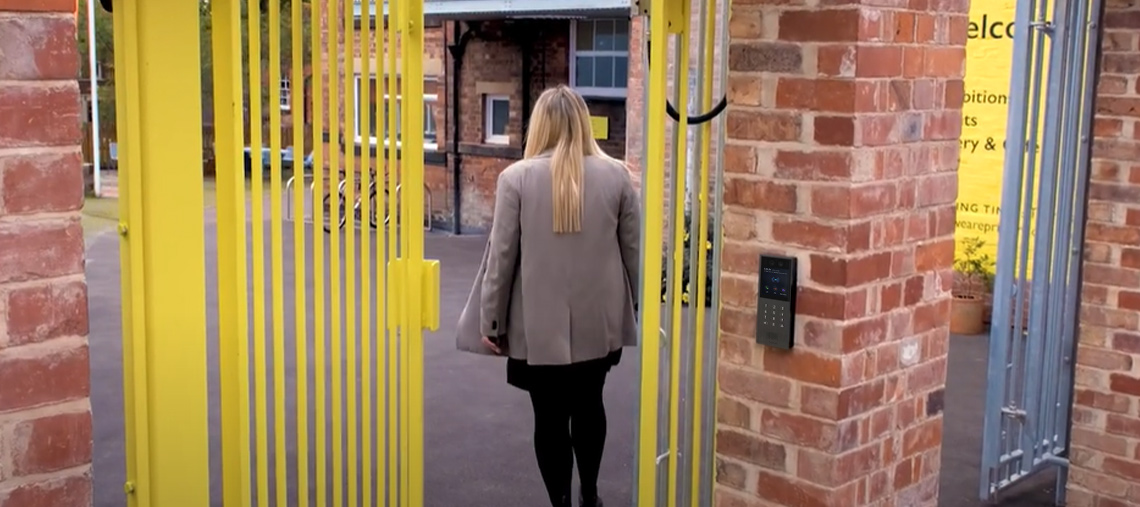
Security Considerations
When deploying a 4G LTE door intercom, it is crucial to consider security at multiple levels:
1. Data Encryption
Ensure the system uses end-to-end encryption to protect audio, video and access credentials.
2. Secure Cloud Services
Choose providers with reputable cloud services, secure login protocols, and data backup options.
3. SIM Card Management
Monitor data usage and ensure SIM cards are protected against unauthorised use.
4. Firmware Updates
Regular updates are essential to patch vulnerabilities and improve performance.
Integration and Smart Features
Modern LTE intercoms are not standalone devices - they often integrate seamlessly with other smart building systems. Some of the advanced features include:
- Integration with smart locks, alarm systems and surveillance cameras
- Voice assistant compatibility
- Time-based access schedules
- Visitor management and automated responses
- Video recording and cloud archiving
Future of Intercom Technology
The future of door intercoms lies in greater mobility, smarter features and seamless integration. As 5G networks roll out, we can expect even faster and more reliable connections, paving the way for real-time HD video, AI-powered facial recognition, and more intuitive mobile interfaces.
LTE intercoms are already setting the stage for this next evolution, bridging the gap between wired constraints and wireless freedom.
4G LTE door intercoms are not just a technological upgrade - they represent a fundamental shift in how we think about property access, security and convenience. By removing the limitations of wired infrastructure and embracing the power of cellular networks, they empower homeowners, businesses and property managers with unmatched flexibility and control.
Whether you're securing a construction site, managing a gated community, or simply wanting to screen visitors at your front door, LTE-based intercom systems offer a future-ready solution that adapts to the modern connected lifestyle.
Looking for a powerful, easy-to-install, and smart access control solution? 4G LTE door intercoms might just be the answer you've been searching for.
Find out more...
-
How IP Intercoms are revolutionising Gate Automation
-
Introducing the Akuvox R20K-L‑DRK LTE‑Enabled Intercom for gate automation
-
2N reveals new LTE Verso Intercoms
-
How to design an Access Control System
-
PROJECT: Greyhound Grove uses Akuvox X912 for 4G door intercom
Available to order now from CIE
A range of 4G LTE intercoms are available from UK access control specialists CIE-Group. CIE provides expert advice and support for security professionals looking to implement remote access control solutions.
For full details or to arrange a product demonstration, please contact the CIE sales team on T. 0115 9770075 or email [email protected]
Featured Products
